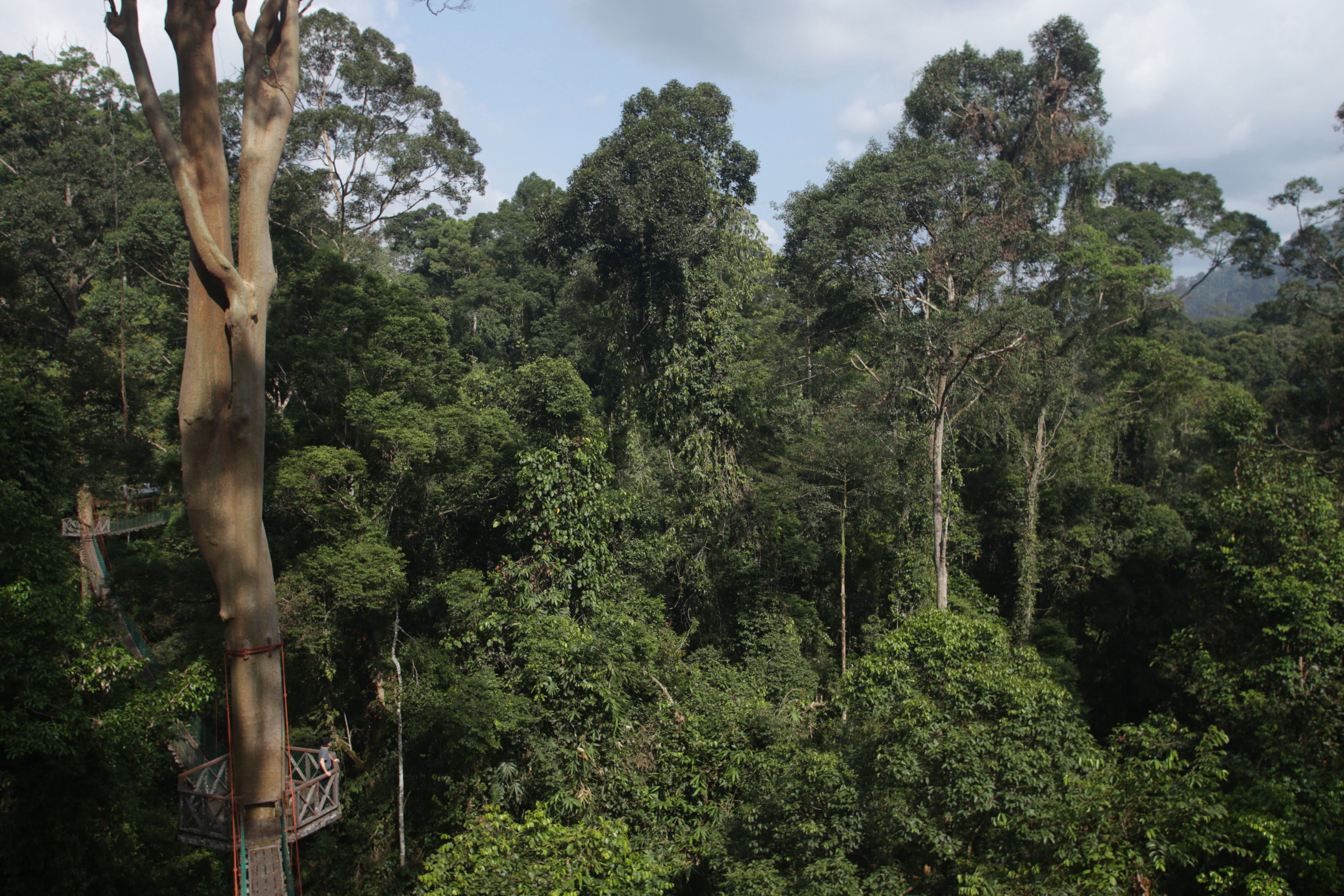Deforestation, driven largely by agricultural expansion, is a primary force reshaping ecosystems and altering climate patterns worldwide. Forests play an indispensable role in maintaining regional rainfall, stabilizing temperatures, and supporting biodiversity. Their loss is leading not only to environmental degradation but also to far-reaching socio-economic impacts.
How does cropland demand drive forest loss?
The global demand for cropland has risen by 9 per cent over the past two decades, with tropical regions such as the Amazon, Congo Basin, and South-East Asia experiencing substantial forest loss to accommodate agricultural activities like palm oil and soybean production. However, this expansion comes at a hidden cost. The removal of forests reduces evapotranspiration — the natural process by which trees release water into the atmosphere — thereby reducing rainfall, cascading impacts on agriculture, energy production and biodiversity.
In the Amazon Basin, the island of Borneo and the Congo Basin deforestation is rapidly approaching a point of no return. Studies indicate that extensive deforestation could transform this critical rainforest into a savanna-like biome, permanently disrupting rainfall patterns and increasing temperatures worldwide. Such changes would have far-reaching consequences, including a decline in crop yields, threats to hydropower generation, and a surge in energy demand for cooling systems. This increased demand would lead to higher greenhouse gas emissions, compounding the challenges posed by climate change. Moreover, these impacts would extend to renewable energy production, further straining the regions´ ability to achieve sustainable energy goals.
How does Amazon deforestation affect Africa?
Deforestation's effects are not isolated to the regions where trees are cut. The Amazon's rain-making capacity has far-reaching impacts, influencing weather patterns as distant as the Sahel in Africa. Similarly, in South-East Asia, deforestation-driven peatland degradation exacerbates fire risks, releasing stored carbon and further reducing rainfall. These fires amplify a feedback loop, accelerating ecosystem collapse and pushing global climate closer to a hothouse state.
The Congo Basin, another tropical forest powerhouse, also plays a vital role in sustaining rainfall across sub-Saharan Africa. Losses here may reduce precipitation in surrounding regions, threatening food security and economic stability.
How does it worsen extreme weather?
The short-term consequences of deforestation include increased fire risks, higher temperatures, and reduced agricultural productivity. Long-term, these effects compound, destabilizing ecosystems and economies. For instance, once drained and exposed, degraded peatlands caused by deforestation in South-East Asia become susceptible to fire and emit significant greenhouse gases, worsening climate change.
“The conservation and restoration of tropical forests can be a way to abate greenhouse gas emissions. But let's not forget that these forests are also subject to the ravishes of climate change -- the reason why the carbon sink of intact Amazon forests is losing its strength in the last decades,” said David Lapola, researcher at Unicamp's Centre for Meteorological and Climatic Research Applied to Agriculture and coordinator of AmazonFACE.
"Therefore, protecting tropical forests via REDD+ and other mechanisms or policies not only helps with the mitigation of climate change but also increases the resilience of these key ecosystems to climate change itself,”Lapola added.
Additionally, climate variability is being exacerbated by interactions between deforestation and natural climate phenomena like El Niño. These compounded effects lead to extreme weather patterns, including prolonged droughts and severe storms, intensifying the vulnerability of human and natural systems.
Can REDD+ save tropical forests?
Efforts to curb deforestation must be multifaceted, targeting the root causes and integrating local and global strategies. Programs like REDD+ (Reducing Emissions from Deforestation and Forest Degradation), supported under UNFCCC agreements, provide financial incentives for tropical countries to conserve forests. However, their implementation requires stronger enforcement mechanisms and better integration into national development plans.
-
Conservation and restoration: Protecting remaining forests and restoring degraded lands are critical. Restoration efforts should prioritize native tree species that align with local ecosystems, rather than fast-growing monocultures like eucalyptus, which often exacerbate environmental challenges.
-
Integrated land-use planning: Policymakers must adopt spatial planning approaches that balance agricultural needs with forest conservation. This includes promoting agroforestry systems, which combine trees and crops, enhancing biodiversity while maintaining productivity.
-
Economic incentives: Land-use policies, such as implementing land value taxes or creating payments for ecosystem services, can discourage deforestation and incentivize sustainable practices. Agricultural producers who benefit from stable climates should contribute to conservation efforts.
-
Strengthened governance: Addressing illegal logging and land conversion requires robust monitoring systems and enforcement of environmental regulations. International collaboration can help track deforestation and hold accountable those driving forest loss.
Why are forests vital for life on Earth?
Deforestation, particularly in tropical regions, is not just a local issue but a global crisis with profound implications for climate stability, food security, and biodiversity. Protecting forests must become a cornerstone of climate adaptation and mitigation strategies. As the Amazon nears its tipping point, and interconnected ecosystems face escalating threats, immediate action is required to ensure that forests continue to sustain life on Earth.
By integrating conservation efforts into broader development frameworks and promoting sustainable land-use practices, humanity can reverse the trajectory of ecosystem degradation and build resilience against the mounting challenges of climate change. The forest agenda, if implemented effectively, holds the key to a balanced and thriving planet.




